Majanicho in Fuerteventura is a magical green window. Because among the most popular routes on the Canary Island there are secluded places that give away hundreds of charms . One of them is this unique village to the north.
There are hundreds of phrases that speak of the importance of paying attention to the journey rather than the destination. You know it, the baker too, but it seems that sometimes we forget.
For proof, the north of Fuerteventura: you make the mythical route from Corralejo, a mecca for surfing and dunes, to the town of The Cotillo , at the far north end of the island.
A fascinating sequence of volcanoes, clouds, volcanoes, clouds, Spanish squirrels in search of bird eggs, volcanoes, clouds and STOP, an oasis.
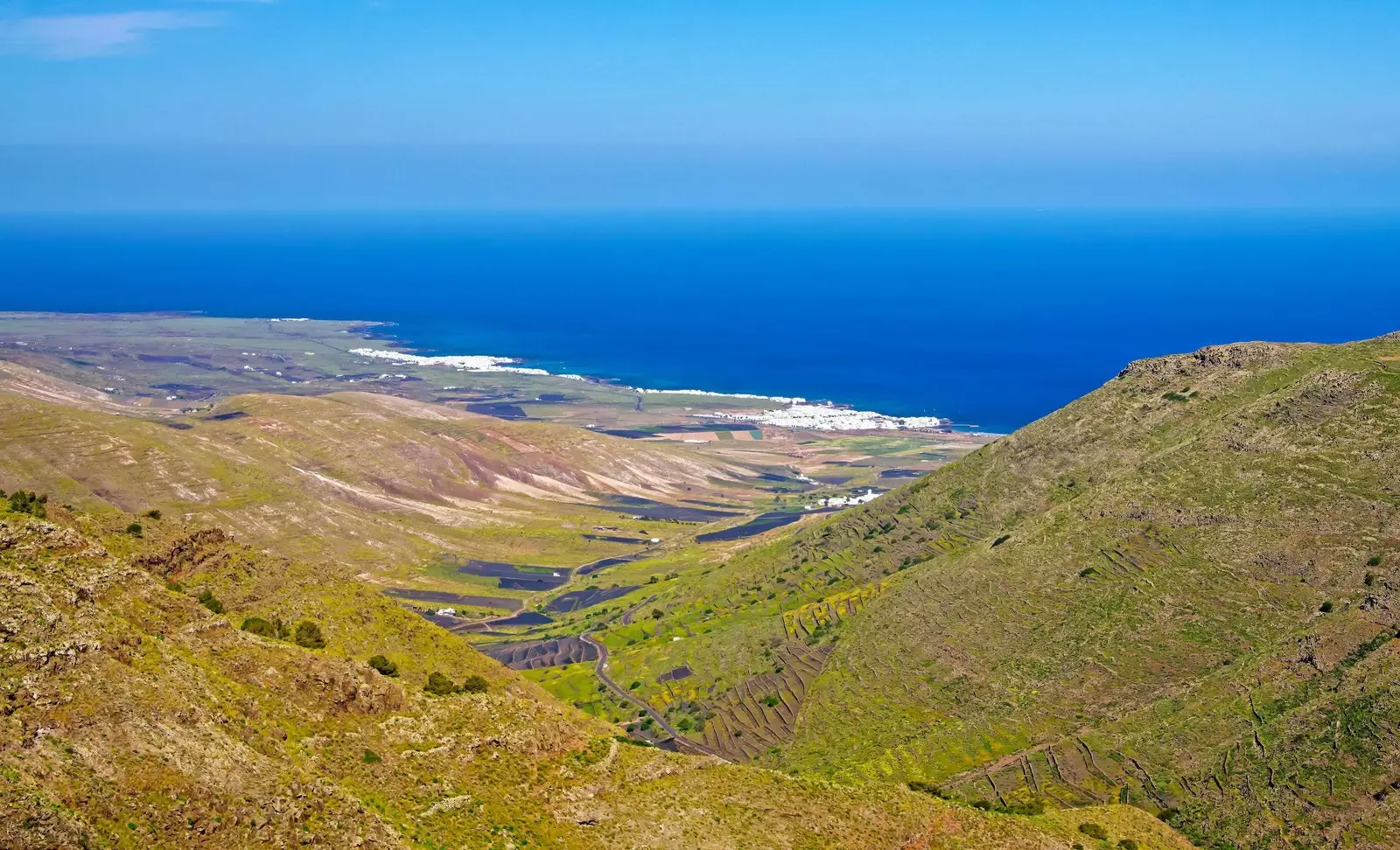
Majanicho, at the bottom of the valley.
In appearance, Majanicho is a village of fishermen of only 137 inhabitants in the municipality of La Oliva where whisper old legends of sunken galleons.
But if you dig deeper, you'll find out a delicious seaside enclave made up of different messy little houses open to the sea in as many ways as scattered fishing gear.
Here there are no tourists toasties, burger bars no hotels. not even streets . Just the charm of simplicity.
THE CANARY VILLAGE THAT ARRIVED FIRST
Who travels to islands like Fuerteventura, does it looking for a calm that we can enjoy in their towns lost.
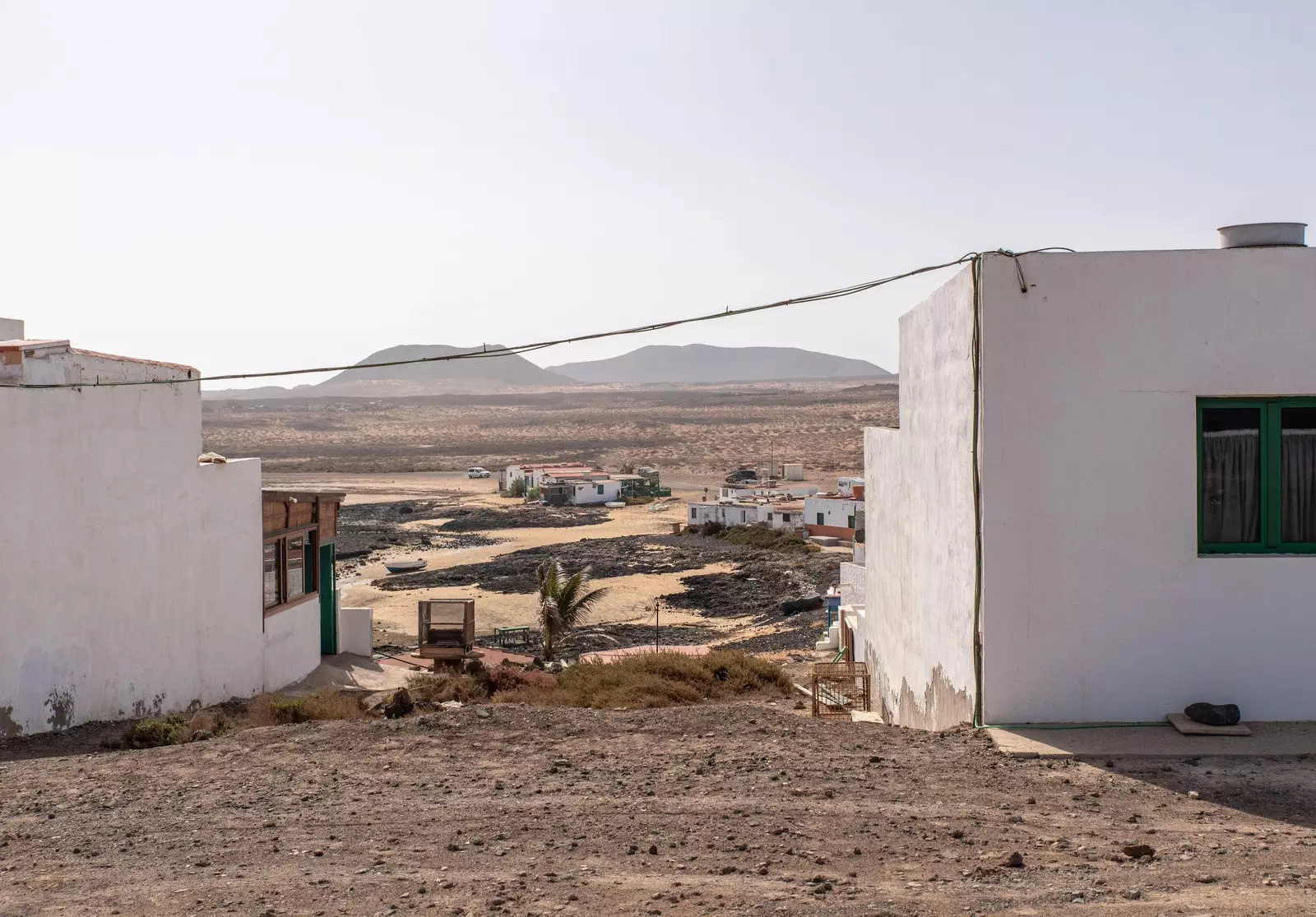
The wild Majanicho.
Majanicho is the clear proof of the human being bound to the sea in all its forms and shortcuts: through its boats, a sparkling blue beach cooler in the volcanic sand or even wooden tables introduced directly into the sea to clean the fish or have a barraquito coffee in the afternoon.
Like Pedro for his sea - ocean, rather -, the inhabitants of this village seem to live more in the Atlantic than on the land itself.
Majanicho is a set of white houses and green and blue windows where each back room reveals a coastal mini-universe: the plastic chairs under the palm trees, an open window through which the sea enters every night without warning or, most curiously, the jareas (a typical fish) tended at the ends of the beach.
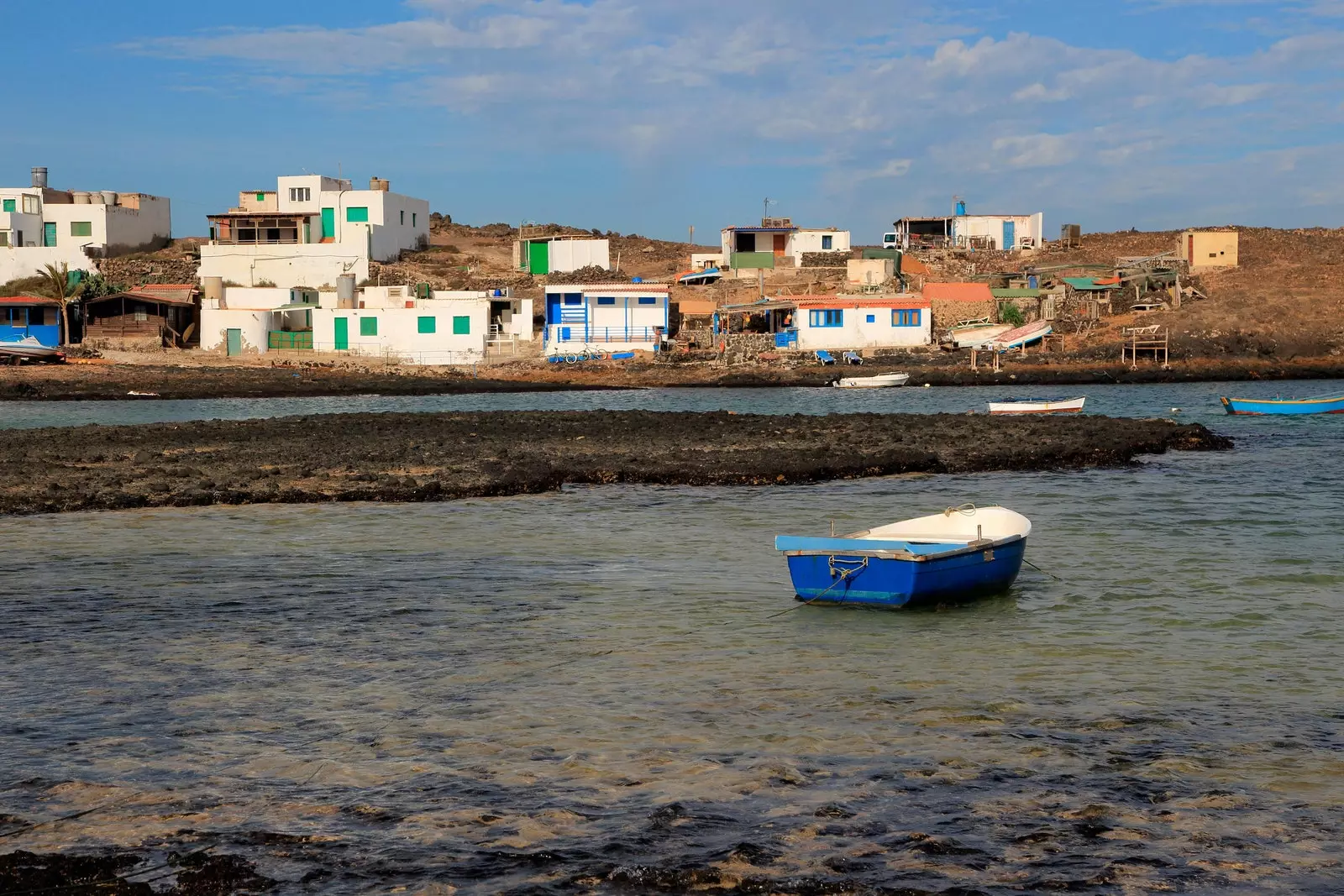
Majanicho is a group of white houses and green and blue windows.
Take the sandwich and even the bottle of water, or better the entire caravan, because in Majanicho there are no bars or grocery stores.
If you split up, you can always stay in the Church of Our Lady of the Pine , an obligatory stop especially in September, the month in which the festival of the Virgin is celebrated.
Y swim at the beach , more crystalline before October and the arrival of algae; or even play sports like fish paddle surfing . From the house to the sea, because in Majanicho there are no limits; not anymore.
As a curiosity, this enclave arrived before the law and Majanicho occupies a portion of the coast in the public domain.
"It is somewhat anecdotal, since the Coastal Law dates from 1988 and these houses can be more than 60 years old," they tell us from the La Oliva City Council. "Currently that strip is focused on maintenance and conservation work."
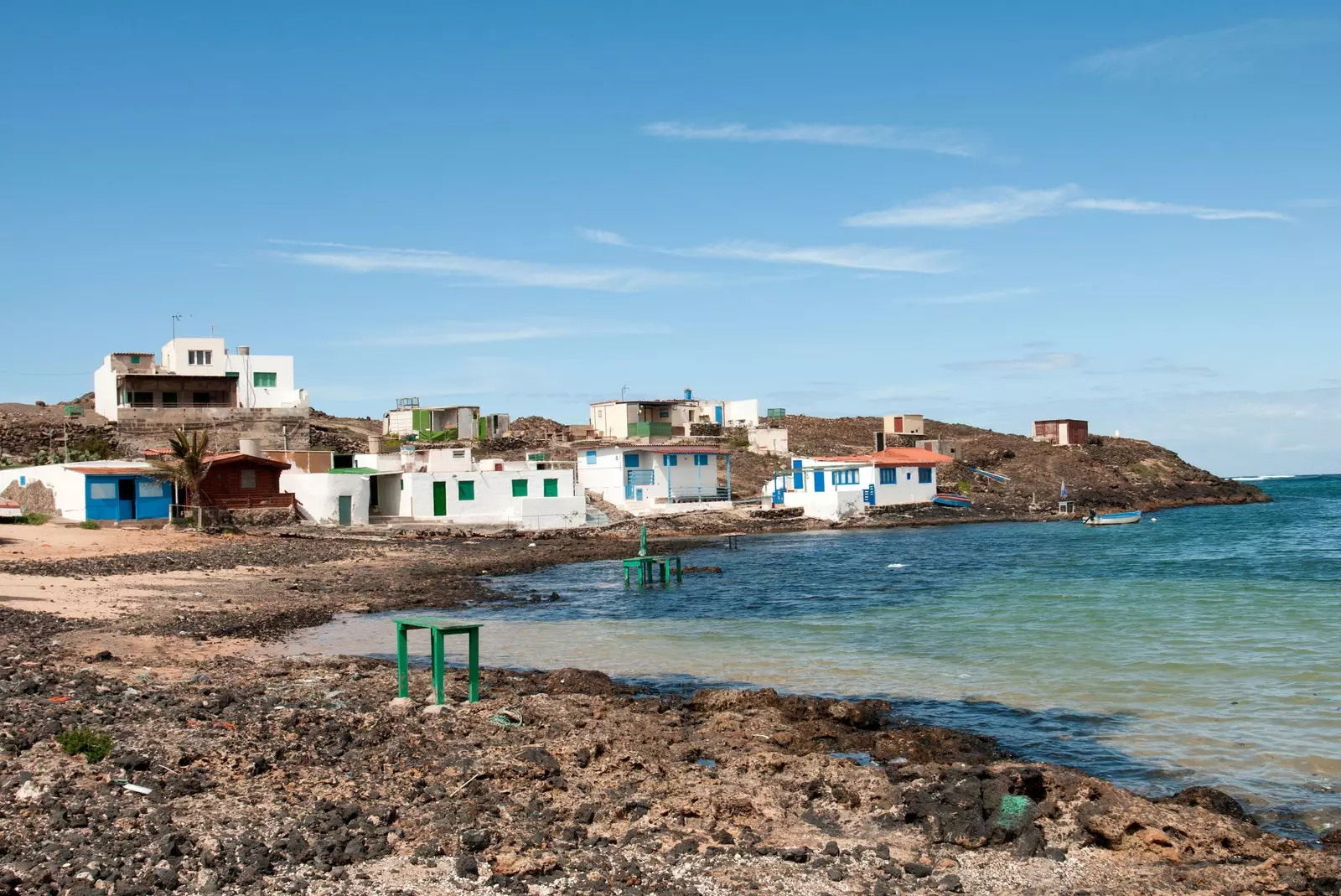
Majanicho beach.
WHAT TO SEE IN THE SURROUNDINGS OF MAJANICHO, FUERTEVENTURA
Majanicho can be conceived as a midway point or even a starting point . If we opt for this second option and you have decided spend the night in your camper, the whispers of the ocean are the best impulse to get to know its nearby paradises.
Among the beaches near Majanicho we find Beatrice, of white sand and 200 meters long, wild and ideal for taking some pictures of the Tostón Lighthouse.
Another nearby beach is El Hierro, famous for its “popcorn” or rhodolitos , remains of calcareous algae similar to popcorn . A natural spectacle that does not need so many instagrammers in search of the perfect photo if we seek to preserve its beauty.
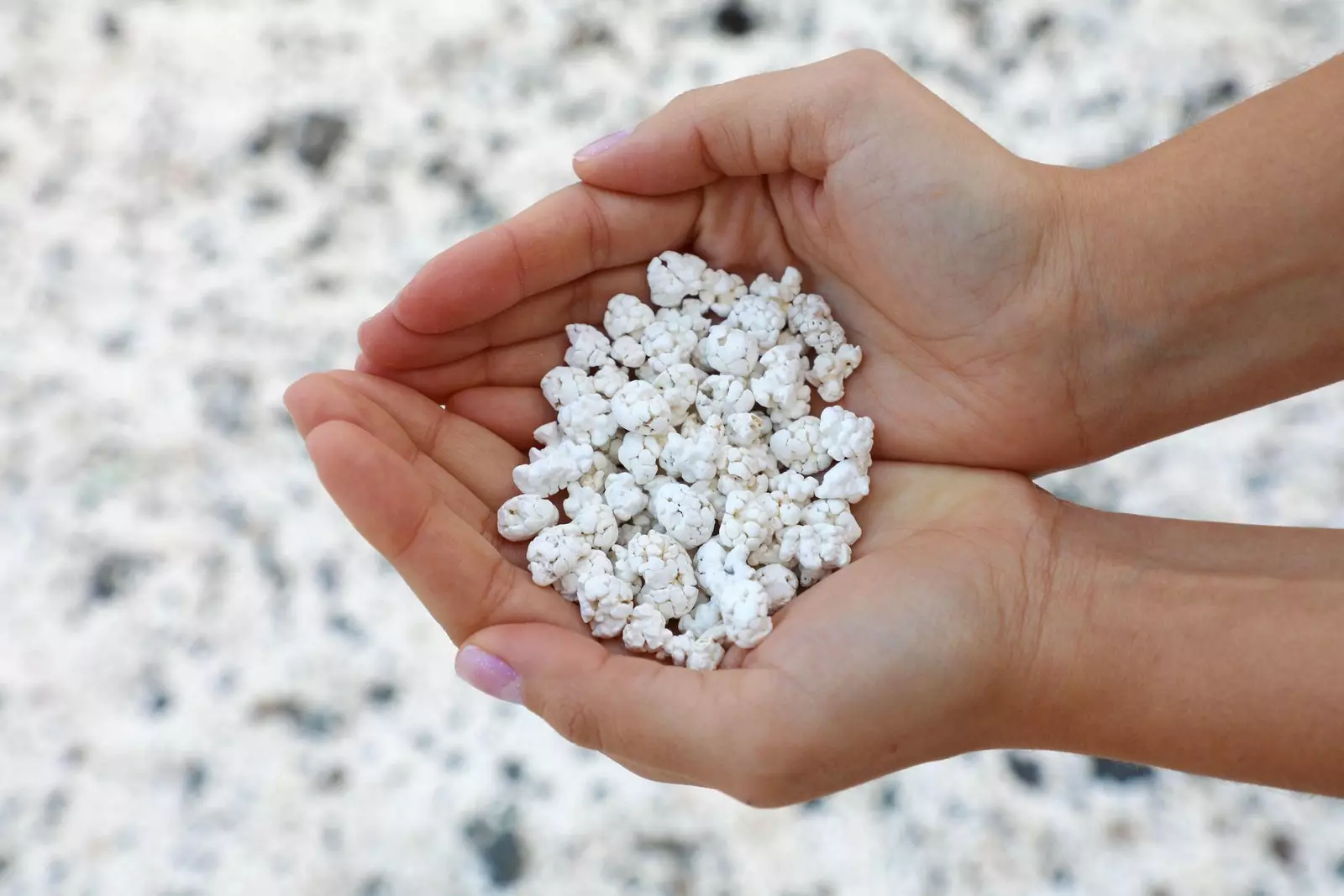
On El Hierro beach, its remains of calcareous algae look like popcorn.
PLACE OF LEGENDS
Majanicho is also a place of legends, and the Cave of the Plain of Money confirms it. According to the oral tradition so closely linked to the Fortunate Islands, this cave still contains the remains of a pirate treasure hidden after assaulting a galleon that arrived from the Americas.
The story that has lasted through generations tells that a majorero from the nearby town of Lajares caught on the ship warned of the presence of money in the cave and he convinced the pirates to rob her . However, his only intention was to save himself and, after managing to run the ship aground, he ran until he was killed.
Another version refers to a stranded pirate ship in the Boat Cove. In 1954, the owner of the Cueva del Dinero land and a Majorero sailor they spent two months digging but found nothing although there is still hope.
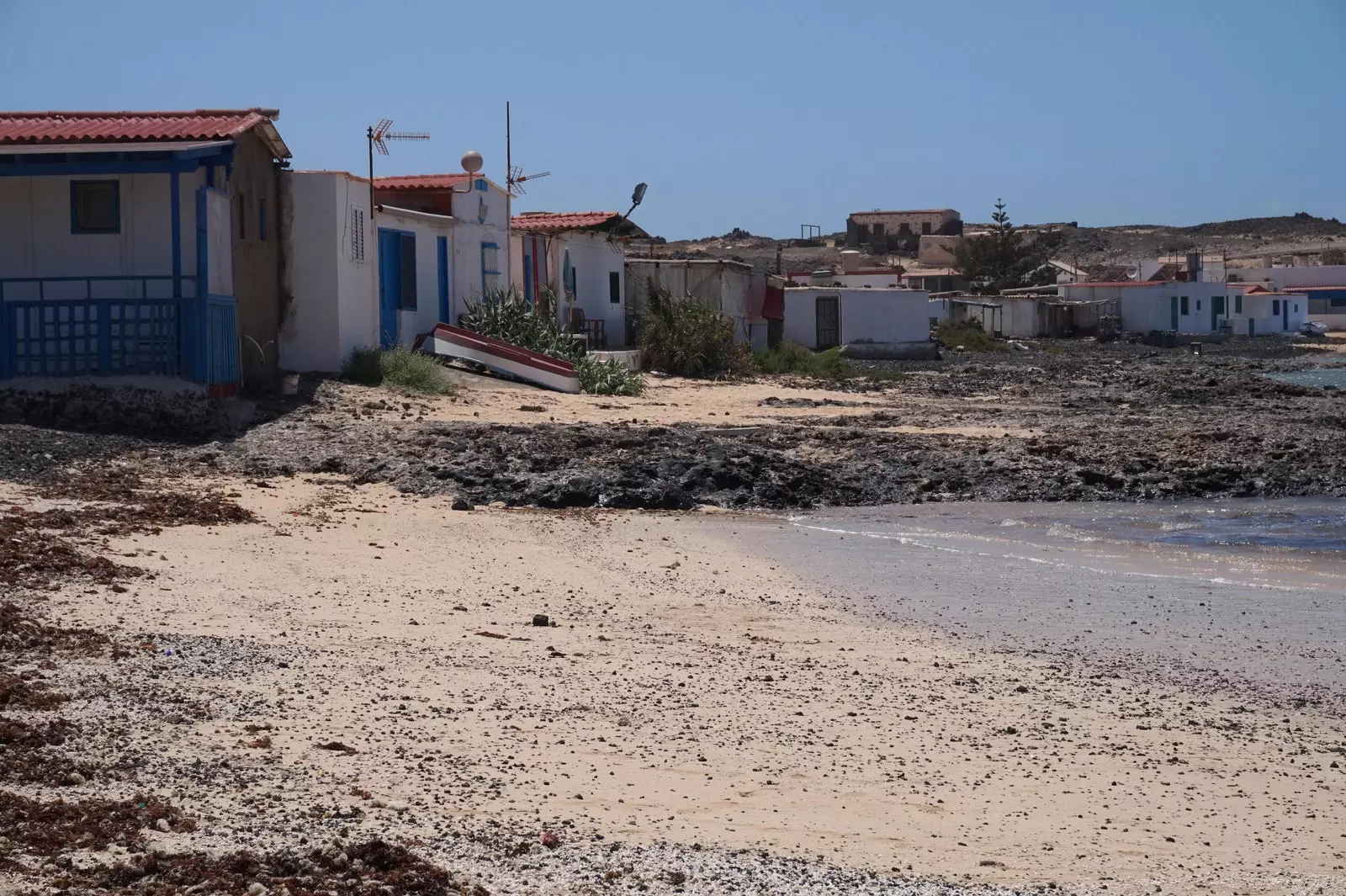
By sea. And the sea.
Legends aside, Majanicho also supposes a must stop between Corralejo (17 km) or Lajares (7 km) and the town of El Cotillo (15 km) , famous for its extensive Atlantic beaches.
A land where human beings have learned to coexist with the ocean, circumvent modernity and float in the tranquility that Fuerteventura always promises . You can continue south or, if you prefer, stay for a beer on a wooden table while the james tickle your feet.
